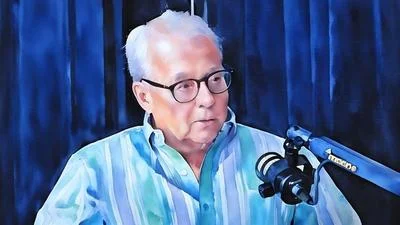Los Alamos National Laboratory introduced a technique for producing a continuous flow of singular photons with circular polarization on Aug. 24, potentially valuable for various quantum information and communication uses. Scientists at Los Alamos National Laboratory combined two distinct atomically thin materials to create this distinctive quantum light source, according to a press release.
As reported in the journal "Nature Materials," the research group conducted their work at the Center for Integrated Nanotechnologies, where they layered a semiconductor of tungsten diselenide, just one molecule thick, on top of a magnetic semiconductor of nickel-phosphorus trisulfide, which was thicker. Utilizing atomic force microscopy, a sequence of nanometer-sized indentions were formed on the arrangement of materials, according to the press release. The experiments conducted showcased the team's achievement in effectively manipulating the polarization of a continuous stream of individual photons.
“Our research shows that it is possible for a monolayer semiconductor to emit circularly polarized light without the help of an external magnetic field,” said Han Htoon, a scientist at Los Alamos National Laboratory, according to the press release. “This effect has only been achieved before with high magnetic fields created by bulky superconducting magnets, by coupling quantum emitters to very complex nanoscale photonics structures or by injecting spin-polarized carriers into quantum emitters. Our proximity-effect approach has the advantage of low-cost fabrication and reliability.”
Presently, researchers are investigating methods to vary the level of circular polarization in the individual photons by utilizing electrical or microwave signals. This potential would provide a means to encode quantum data within the photon stream. Moreover, the integration of the photon stream into waveguides, microscopic channels for light, would establish photonic circuits capable of guiding photons unidirectionally. These circuits would serve as essential components for the creation of a highly secure quantum internet, according to the press release.









